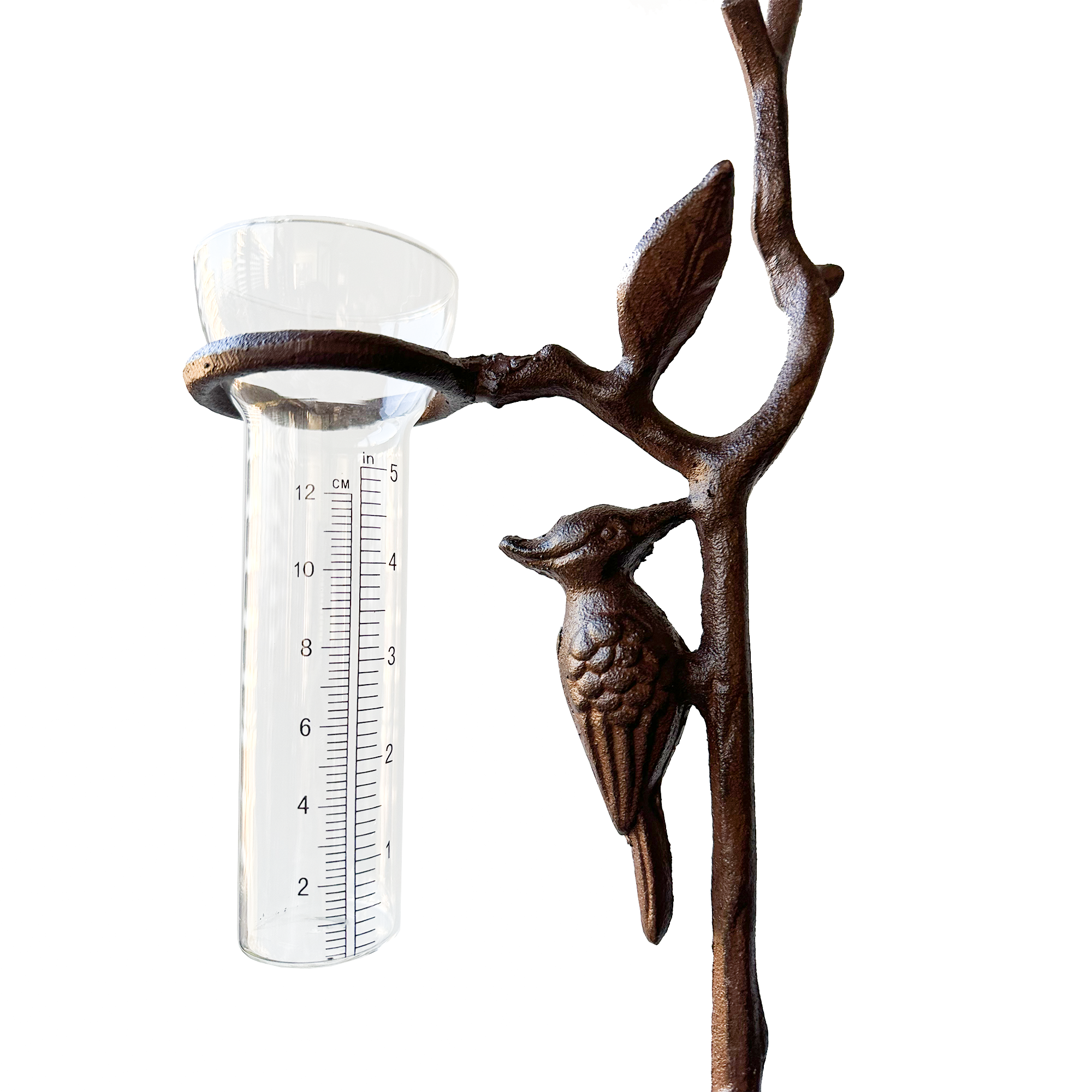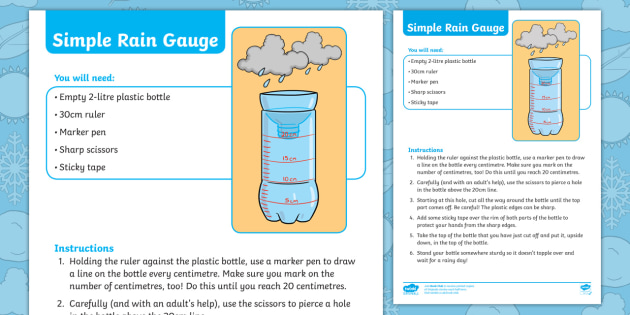The Benefits of Setting Up a Precision Rain Gauge for Your Weather Station
The Benefits of Setting Up a Precision Rain Gauge for Your Weather Station
Blog Article
Discovering the Development of Rainfall Evaluates: From Conventional to Smart Instruments for Improved Accuracy in Rainfall Dimension
The measurement of rainfall has been a basic aspect of meteorology for centuries, forming our understanding of weather patterns and environment patterns - rain gauge. From the very early manual rain determines to the much more recent intro of wise gadgets, the advancement of rain measurement tools has actually been a journey noted by innovation and accuracy. By tracing the advancements in rain gauge innovation from traditional designs to the sophisticated wise gadgets these days, we can gain useful understandings right into exactly how these growths have actually transformed the way we collect and evaluate rains information
Early Manual Rainfall Determines
During antiquity, fundamental vessels were made use of to measure rainfall by hand, marking the very early beginnings of rain determines. These very early rainfall evaluates were easy containers put in open locations to gather rain. The collected water was then by hand gauged making use of markings on the container to figure out the amount of rainfall that had occurred within a certain period.
Although these hands-on rainfall determines were reliable in offering a basic understanding of rains patterns, they were limited in precision and accuracy. Aspects such as wind, dissipation, and splilling might impact the measurements, leading to potential inaccuracies in the taped information.

Regardless of their limitations, very early hand-operated rainfall assesses played a crucial role in the development of much more sophisticated rainfall measurement devices. The idea of collecting and determining rains laid the structure for the production of advanced rain determines that utilized scientific concepts to supply more precise and dependable information. This advancement inevitably caused the development of contemporary rainfall evaluates efficient in capturing precise dimensions in various ecological conditions.
Growth of Mechanical Rainfall Scales
The progression from very early manual rainfall assesses to more innovative mechanical rain dimension tools noted a significant leap in the advancement of rain scale modern technology. Mechanical rain assesses, also understood as tipping bucket rainfall assesses, operate on a basic yet effective principle.
Mechanical rainfall gauges are normally made of long lasting products like stainless steel or plastic, ensuring longevity and integrity even in harsh climate conditions. With developments in modern technology, modern mechanical rainfall evaluates can likewise be equipped with electronic sensors to transfer real-time information wirelessly to data collection systems. This combination of mechanical toughness and digital connection has actually made mechanical rain evaluates a preferred choice for meteorological terminals, research institutions, and agricultural applications where accurate rains dimensions are critical for decision-making processes.
Introduction of Digital Rain Gauges

Digital rainfall determines deal substantial advantages over conventional mechanical gauges, including higher precision, the ability to determine smaller increments of rains, and decreased upkeep needs. By leveraging digital parts like tipping containers or acoustic sensors, these devices can supply comprehensive information on rainfall strength, duration, and circulation patterns with enhanced integrity.
In addition, the combination of digital rain assesses right into climate surveillance networks allows the collection of big quantities of data for analysis and projecting functions. This data can be made use of to enhance anticipating models, boost early caution systems for severe climate events, and assistance environment research efforts. In general, the introduction of electronic rainfall determines stands for an essential advancement in the field of meteorology, facilitating much more precise and comprehensive rains measurement abilities.
Shift to Wireless Rain Assesses
Advancing past traditional techniques, meteorological instrumentation has actually progressively moved in the direction of wireless rain assesses for boosted data collection and transmission. These innovative tools use cordless technology to transmit real-time rainfall information to central systems, providing scientists and meteorologists instant access to exact and trustworthy details. The transition to cordless rainfall determines eliminates the requirement for hands-on information collection, minimizing human error and boosting performance in checking precipitation patterns.
Wireless rainfall determines are geared up with sensors that can detect even the least quantity of rainfall, offering specific measurements for better analysis and projecting. More Info The smooth assimilation of these assesses right into existing climate tracking networks enables extensive data collection across numerous geographical areas, enabling a more thorough understanding of rainfall distribution and strength.
Additionally, the wireless capacity of these rain evaluates makes it possible for remote tracking in hard-to-reach or dangerous locations, broadening the scope of rains dimension in difficult atmospheres. With their capability to improve information transmission and enhance accuracy, wireless rain gauges represent a substantial development in atmospheric innovation, improving the accuracy and reliability of rainfall measurement for clinical study and functional projecting.
The Era of Smart Rainfall Gauges
Becoming a pivotal development in meteorological instrumentation, wise rain evaluates integrate innovative innovation for improved data collection and YOURURL.com analysis. These ingenious devices are furnished with sensing units that can gauge not only the amount of rainfall but likewise extra specifications such as intensity, period, and even drop size distribution. By leveraging wireless connectivity, smart rainfall evaluates can transfer real-time data to atmospheric terminals, supplying immediate accessibility to specific rains dimensions.
One of the key features of smart rainfall evaluates is their capability to autonomously readjust for ecological factors that might affect the accuracy of conventional rainfall gauges, such as wind disturbance or dissipation. This self-correction mechanism makes sure that the information gathered is much more reputable and regular, bring about boosted projecting designs and better-informed decision-making in various sectors like farming, water resource monitoring, and urban planning. The combination of man-made intelligence and maker understanding algorithms in smart rainfall evaluates enables for sophisticated data evaluation, pattern acknowledgment, and projecting abilities, additionally enhancing their utility in modern weather forecasting.
Conclusion

From the early manual rain assesses to the this article more current introduction of smart tools, the evolution of rain dimension tools has been a trip marked by development and precision.The development from early manual rain gauges to much more innovative mechanical rainfall dimension tools noted a considerable jump in the development of rain gauge technology. Mechanical rainfall determines, also known as tipping bucket rain evaluates, run on a basic yet efficient principle.One of the key functions of smart rainfall evaluates is their ability to autonomously readjust for environmental elements that might impact the accuracy of traditional rainfall evaluates, such as wind disturbance or dissipation.In conclusion, the development of rain assesses has progressed from early manual tools to mechanical and digital versions, eventually leading to the development of cordless and smart rainfall evaluates.
Report this page